
Student arrivals hit four-year low
Fewer international students are coming to the U.S. than at any point since 2021. In August 2025, just over 313,000 students arrived on visas, a sharp 19% drop compared with the same month last year.
This marks the fifth straight month of declines. Experts say the slowdown is linked to stricter visa rules under President Trump’s “America First” agenda, creating hurdles for students who want to study in the U.S.

Asia sees steepest declines
Asia sends the majority of international students to American campuses, but 2025 data shows big setbacks. Overall, arrivals from Asia fell 24% compared with 2024.
India saw the most dramatic change, with student arrivals plunging 45% in August. China, the largest source of students, recorded a 12% decline, while other countries like Japan and Vietnam also reported drops.

India faces sharpest fall
India’s 45% decline in student visas is one of the biggest shifts seen in decades. The U.S. has traditionally been a top destination for Indian students, especially in STEM fields.
Visa backlogs and higher barriers are discouraging applications. Education experts say this drop could reshape U.S. graduate programs, which rely heavily on Indian enrollment.

China’s numbers also slide
China still sends the largest number of students to the U.S., but its share is shrinking. Arrivals fell by 12% in August, continuing a trend of gradual decline.
While smaller than India’s fall, the impact is still huge because of China’s scale. Universities that depend on Chinese tuition revenue may start feeling long-term financial strain.

Africa feels the biggest percentage drop
African student arrivals fell 33%, the steepest percentage decline of any region. While the total number is smaller than Asia, the impact is significant for diversity on U.S. campuses.
Many African students already face high costs and long waits at consulates. Added restrictions and backlogs have only made the process harder, reducing opportunities for study abroad.

Europe stays almost steady
Western Europe reported the smallest change in student visa arrivals among major regions. The decline was less than 1%, showing relative stability compared to other regions.
This stability may reflect stronger diplomatic ties and smoother visa processing for European applicants. Still, even small shifts can add pressure on American universities already facing broader enrollment drops.

New hurdles for visa seekers
Since May 2025, students have reported delays in visa interview scheduling at some U.S. embassies, leading to missed academic deadlines.
On top of delays, social media vetting was added to the application process. These steps have discouraged students, who now see the U.S. as harder to access than competing destinations.

H-1B restrictions ripple out
The administration introduced new H-1B visa rules in 2025, including a $100,000 application fee. While this program is different from student visas, the changes affected how students plan their futures.
Many international students pursue H-1B visas after graduation. Tighter rules make the U.S. a less attractive option, as career pathways look more uncertain and expensive.
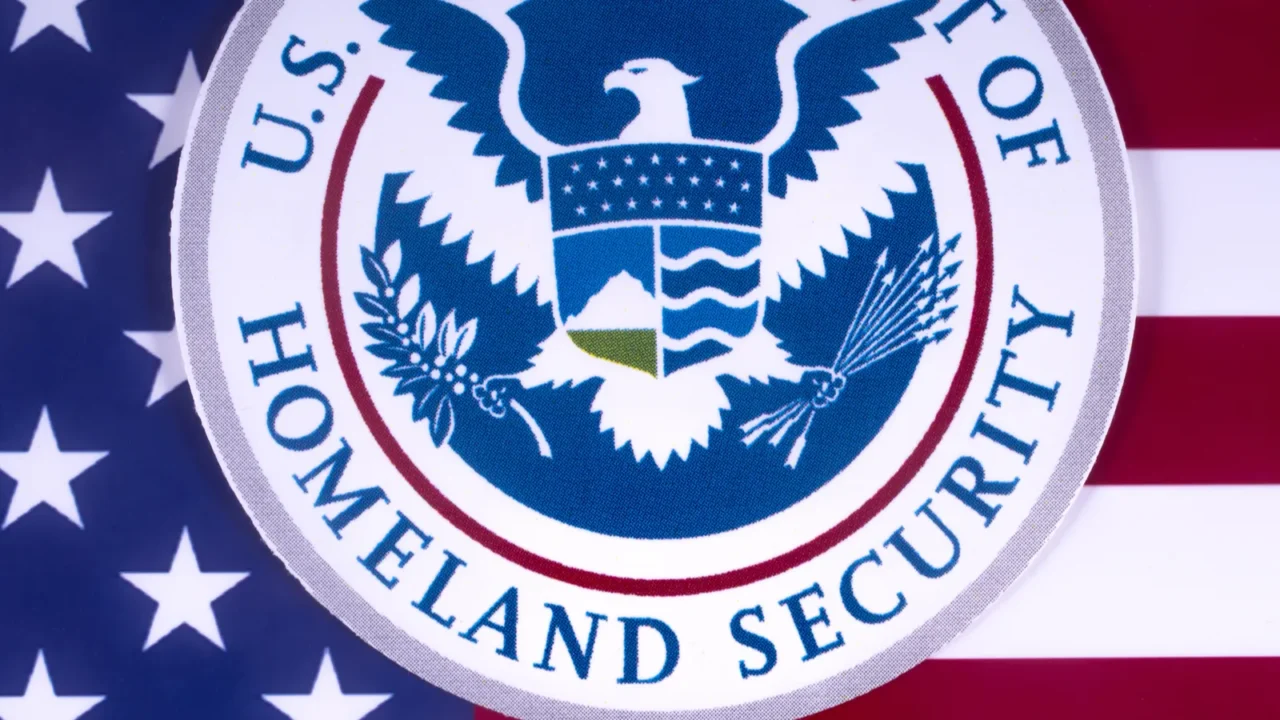
DHS proposes new limits
In August 2025, the Department of Homeland Security proposed a rule to end what it calls “student visa abuse.” It would restrict how long foreign students and other visa holders can remain.
Critics warn that this adds more uncertainty for international students. Instead of focusing on education, many now worry about whether they can finish their programs without sudden rule changes.
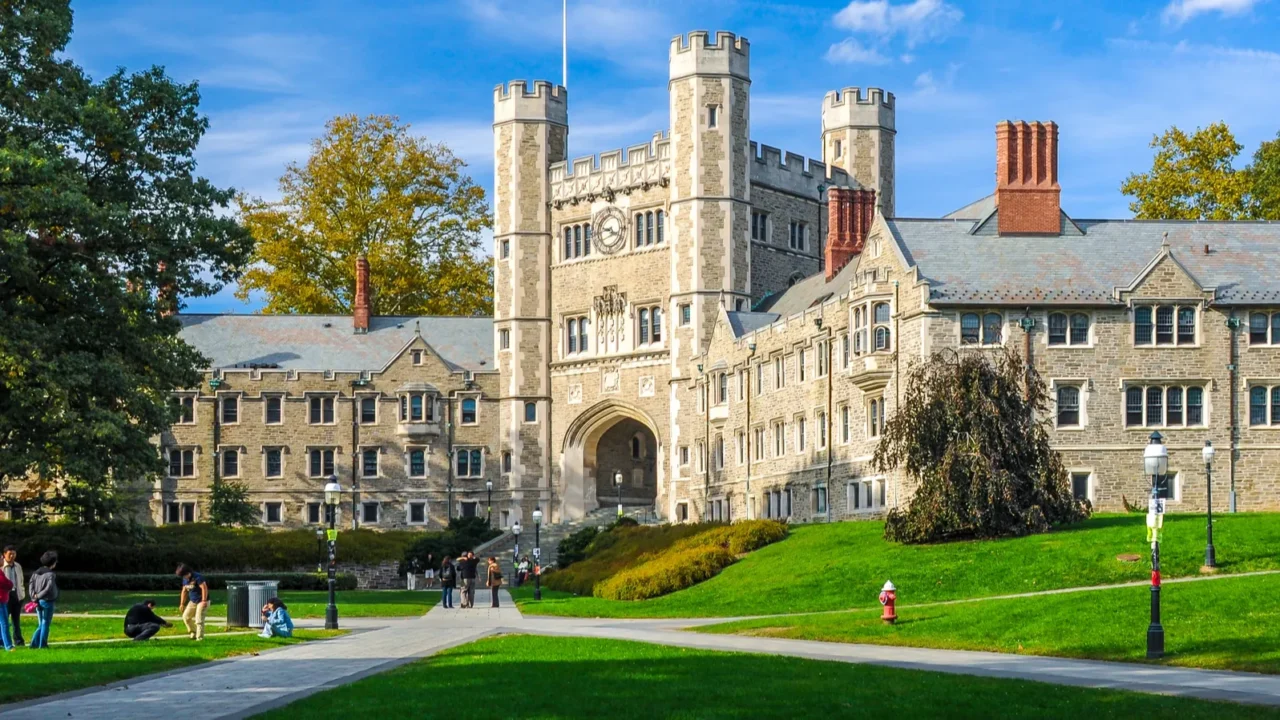
Financial hit for universities
Fewer international students mean fewer tuition dollars, and the losses add up quickly. U.S. colleges and universities bring in billions annually from overseas students.
Smaller and regional schools are being hit hardest. Many rely heavily on international enrollment, and the decline could force cutbacks, staff reductions, or even closures.

Diversity takes a step back
International students add unique perspectives to classrooms and communities. With arrivals falling, campuses risk losing that mix of cultures and ideas.
This shift could make American higher education feel less global. Students also miss out on building connections with peers from around the world, a valuable part of the college experience.

Research and innovation at risk
Many international students study in science, technology, engineering, and math fields. These students often contribute to groundbreaking research.
With fewer arriving, labs and research centers may face talent shortages. Long-term, this could slow progress in areas like artificial intelligence, medicine, and clean energy.
Similarly, big-name universities have brand power to weather the storm, but small schools don’t. Regional colleges that depended on steady international enrollment are feeling squeezed.
Some schools already report falling revenues and shrinking programs. Without change, many could face long-term financial instability.
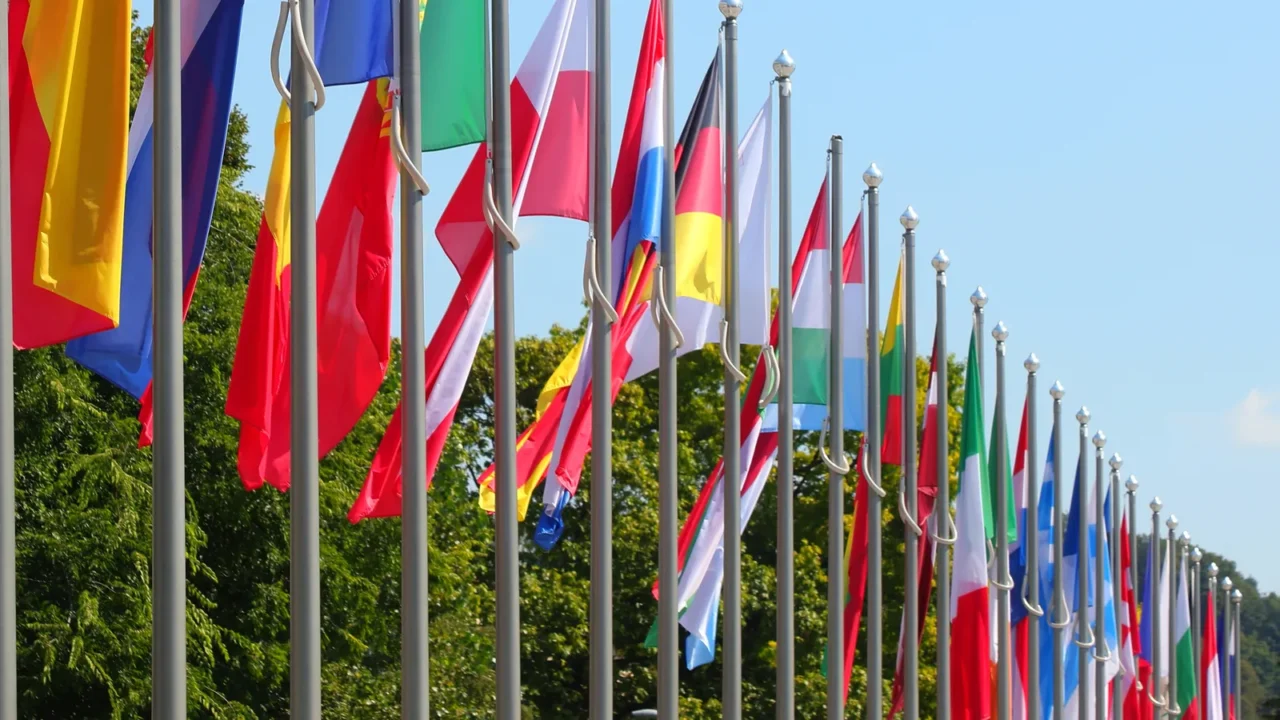
Global competitiveness concerns
Experts warn that fewer international students may weaken America’s role as a leader in education. Countries like Canada, the U.K., and Australia are benefiting by attracting students turned away from the U.S.
Losing global talent could affect not just universities but also industries. The U.S. risks giving up its edge in innovation if this trend continues.

Pandemic lessons revisited
The last time student arrivals were this low was in 2021, during the COVID-19 pandemic. Back then, travel bans and remote learning kept students away.
The 2025 decline, however, is policy-driven rather than health-related. This highlights how immigration rules can shape student flows just as powerfully as global crises.
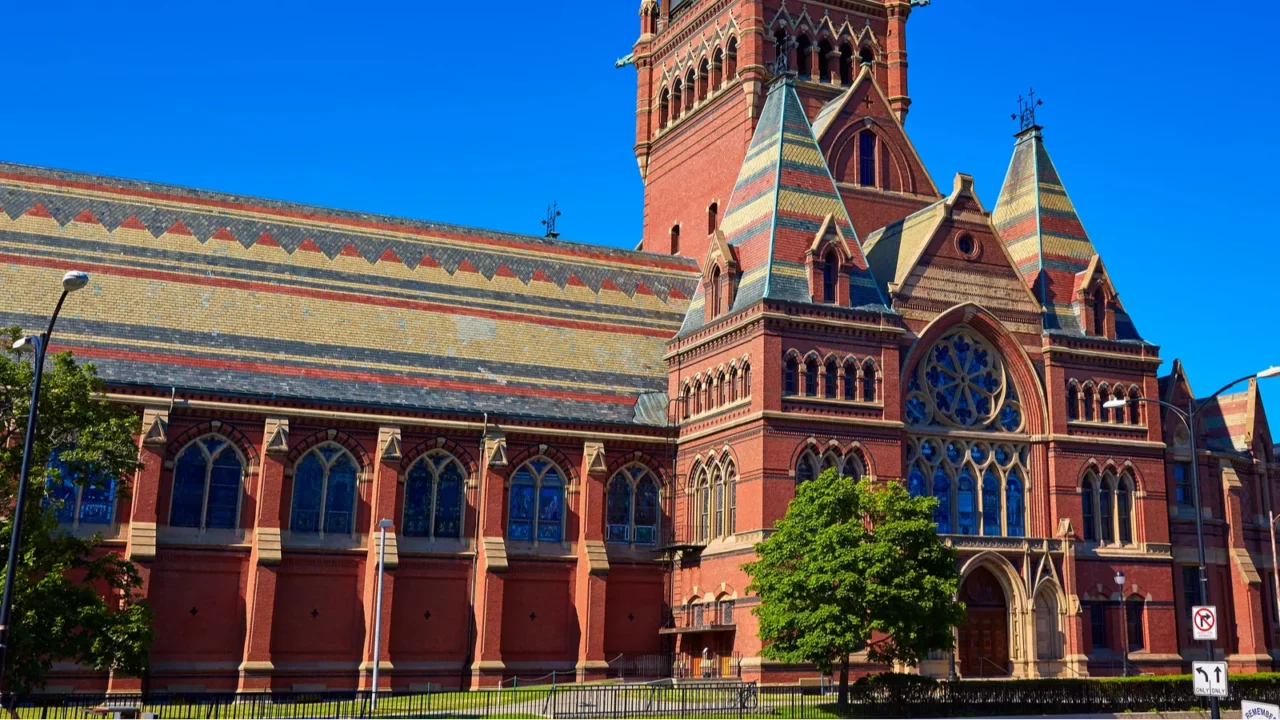
Forecast looks challenging
Enrollment experts say the worst may not be over. Projections suggest more declines could come in late 2025.
Universities are bracing for fewer applications and lower arrivals in September. This ongoing uncertainty makes planning difficult for both students and schools. The self-inflicted hit to US tourism leaving Americans feeling the hit, and the ripple effects are just beginning.
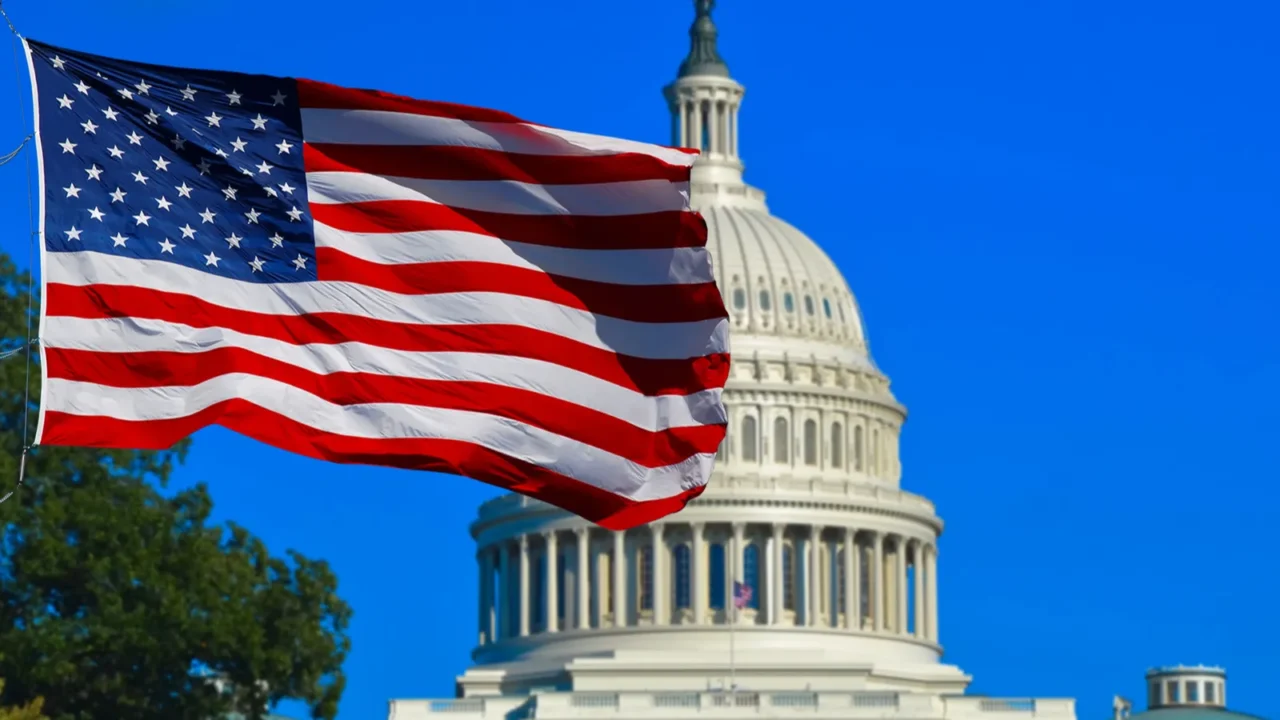
What’s at stake for America
The drop in student visas isn’t just about numbers; it’s about America’s global reputation. The U.S. has long been seen as the top choice for education and opportunity.
If the decline continues, that image could fade. The choices made now will shape whether America remains the top destination for future generations of global learners. Trump’s 2025 travel bans are going to affect students, universities, and America’s global role.
Have your say, how do you think these student visa changes will affect campuses and students? Comment below.
Read More From This Brand:
- The U.S. border Canadians say to avoid on trips to see a loved one
- Planning a New England foliage trip? This Vermont town stands out as truly unique
- Add these 10 epic European monuments to your bucket list
Don’t forget to follow us for more exclusive content right here on MSN.
This slideshow was made with AI assistance and human editing.